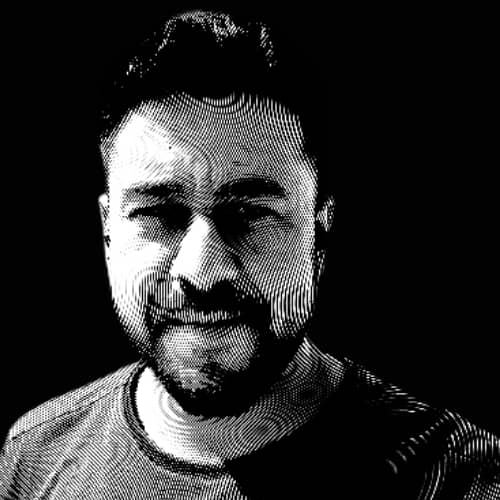At Edzy we recently ran our first design hackathon, focused on UI and UX challenges, and it turned into an experience that stood out from the usual work rhythm. We kept the format simple, with three design sprints assigned as tasks, but the energy it created throughout the day was something new. A few candidates were invited to work on Figma designs and quick prototypes, and watching ideas take shape in such short cycles showed how much momentum can build when structure and time pressure are combined. It was not only about producing results but also about observing how different people approach design under constraints.
The sprint format gave a clear shape to the day. Each task was limited in scope but wide enough to allow creativity, which meant no one could afford to get stuck on details. This constraint encouraged sharper thinking and faster decisions. Design in longer timelines often allows room for hesitation, but here the sprints demanded focus. Seeing a team move from concept to wireframe in a short burst underlined why hackathons work—they generate urgency that can cut through overthinking. The output was not always polished, but it carried raw clarity, which often gets lost in slower cycles.
Using Figma as the central tool added structure. Because everything was in one shared space, it became easy to follow progress and compare approaches. Prototyping within hours showed how ideas translate from abstract requirements into something visual and functional. For the candidates, it was a chance to showcase not only technical skill but adaptability. For us, it was an opportunity to see how design thinking looks when stripped of long processes and committees. The immediacy of working side by side with designers gave insights that interviews or portfolios rarely provide.
What surprised me most was the atmosphere that formed naturally. There was no need for constant direction because the pace of the sprints carried its own energy. People were engaged, focused, and occasionally playful with ideas, which kept the environment alive. A hackathon does not run on deadlines alone; it also depends on participants feeling they can experiment. That balance of pressure and freedom made the event feel worthwhile. It was clear by the end that we had learned as much from observing the process as from the final designs themselves.
Looking back, the first design hackathon at Edzy was more than a trial run. It became a template for how we might engage with talent and ideas in the future. The format showed that creativity can be structured without being stifled, and that short bursts of intense focus often bring more insight than long, stretched projects. The experience proved that energy is created not only by the tasks but by the people who take them on and the space given to them to build quickly. It left me convinced that hackathons, even in small settings, carry value far beyond the prototypes they produce.
